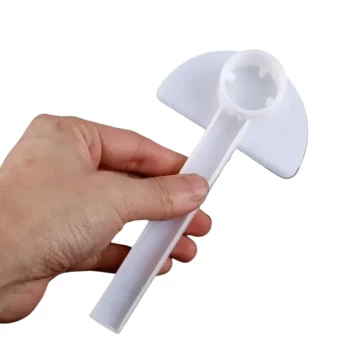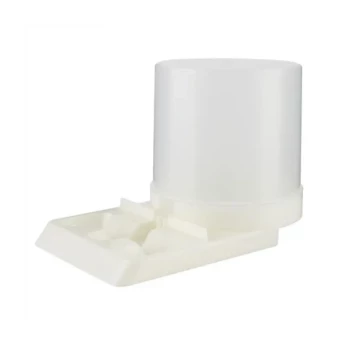Toggle Categories
Get Instant Support
Choose your preferred way to connect with our team
-
Get Free Quote Fill out form for detailed pricing
-
Send Email Detailed inquiry support
-
WhatsApp Quick mobile chat
Response Time
Within 8 hours on working days, 24 hours on holidays
Bee Feeders & Feed

White Plastic 0.5L Beekeeping Entrance Feeder for Bees
Item Number : BF-1

3.5L Plastic Beehive Frame Feeder Deep Frame Water Feeder for In Hive Use
Item Number : BF-9
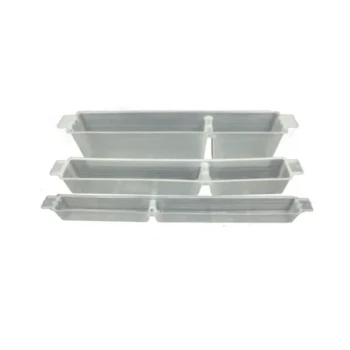
In-Hive Dual Compartment Frame Bee Feeder for Targeted Colony Nutrition
Item Number : BF-3
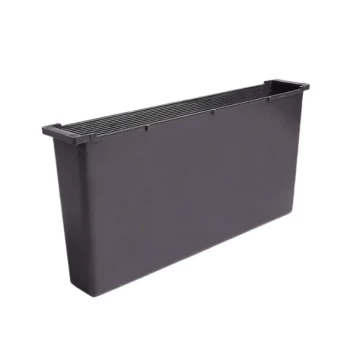
Professional In-Hive Bee Feeder HONESTBEE Frame for Beekeeping
Item Number : BF-8
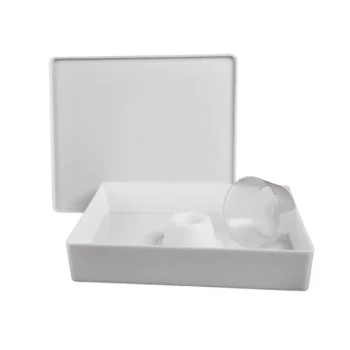
HONESTBEE Professional Hive Top Bee Feeder Feeding Solution
Item Number : BF-10
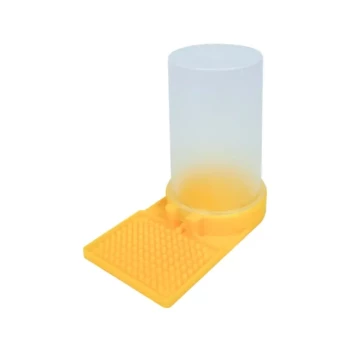
HONESTBEE Professional Entrance Bee Feeder Hive Nutrition Solution
Item Number : BF-11

Professional In-Hive Frame Bee Feeder by HONESTBEE
Item Number : BF-12

HONESTBEE Round Hive Top Bee Feeder for Syrup
Item Number : BF-14
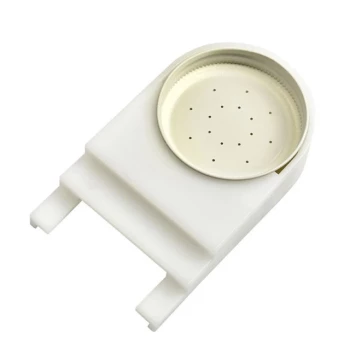
Classic Boardman Entrance Bee Feeder Hive Front Feeding Solution
Item Number : BF-15
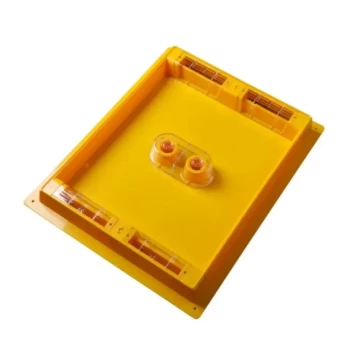
Professional Hive Top Bee Feeder for Beekeeping
Item Number : BF-18

HONESTBEE Square Top Hive Bee Feeder Top Bee Feeder
Item Number : BF-19
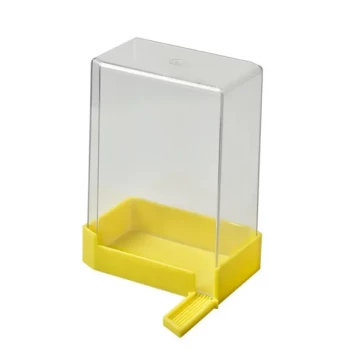
Professional Hive Front Entrance Bee Feeder
Item Number : BF-20
REQUEST A QUOTE
Our professional team will reply to you within one business day. Please feel free to contact us!
Related Articles

Galvanized vs. Stainless Steel Queen Excluders: A Data-Backed Guide to Long-Term Durability and Cost Efficiency
Compare galvanized vs. stainless steel queen excluders for durability, cost efficiency, and hive compatibility. Choose the best for your beekeeping needs.

The Second Skin: A Beekeeper's Guide to Glove Longevity and Apiary Health
Properly cleaning beekeeping gloves isn't just about hygiene; it's a discipline that preserves your investment and protects your apiary's health.

The Beekeeper's Nightmare: Why Moving Your Hives Can End in Disaster—And the Design That Prevents It
Discover the critical design flaw that makes hive relocation so risky. Learn why framed Langstroth hives are essential for mobile commercial apiaries.

Why Your Beeswax Foundation Fails: A Guide to Preventing Costly Warping and Breakage
Discover the hidden reason your beeswax foundation sheets warp and crack. Learn how starting with superior, stable foundation prevents waste and boosts apiary productivity.

Chaos and Order: The Strategic Value of Beeswax Foundation
Explore how beeswax foundation imposes a predictable order on bee colonies, reducing risk and boosting productivity for commercial apiaries.

The Tipping Point: Managing the Psychology of a Beehive to Prevent Swarming
Swarm prevention is not about stopping bees, but about managing the psychological triggers of congestion and resource perception within the hive.

Tired of Sagging Comb? The Hidden Cost of "Cheap" Beekeeping Frames
Discover why unstable comb in your beehives is more than an inconvenience, leading to lost honey and stressed bees. Learn the real cost of frame choices.

Clarity Under Pressure: The Engineering and Psychology of the Round Beekeeping Veil
The round beekeeping veil's rigid design is a deliberate choice for superior visibility, psychological safety, and operational certainty.

The Interface Problem: How a Glove's Design Dictates a Beekeeper's Success
Explore the ergonomics of beekeeping gloves. Learn how full coverage, fit, and material dictate a beekeeper's safety, dexterity, and confidence.

The Beekeeper's Dilemma: Choosing Between Wooden Frame Ideals and Plastic Frame Efficiency
The choice between wooden and plastic beehive frames is not just technical; it's a strategic decision balancing long-term hive health against operational efficiency.

The Frame Debate: How Hive Ergonomics Shape Commercial Apiary Success
Choosing between deep and medium frames is a key operational decision that balances hive health with the ergonomic demands of commercial beekeeping.

Engineering the Harvest: The Counterintuitive Logic of the 9-Frame Super
Learn why using 9 frames in a 10-frame hive leverages bee psychology to create fatter combs, simplifying honey harvesting and boosting efficiency.

The Unseen Architecture: Why Your Hive Size Defines Your Apiary's Future
Choosing between an 8-frame and 10-frame hive isn't just about capacity; it's a fundamental decision about ergonomics, scale, and philosophy.

The Deceptive Calm: Why a Strong Summer Hive Masks a Looming Winter Collapse
The late-summer crossover of rising Varroa mite populations and declining bee numbers creates a silent threat to the vital winter bee generation.

The Pragmatic Hive: Engineering Resilience with Wood Frames and Plastic Foundation
Discover why combining wood frames with plastic foundation offers beekeepers unparalleled durability, efficiency, and hive management control.

The Two Winters of the Honey Bee: A Lesson in Adaptation and Survival
Discover the crucial physiological difference between winter bees in cold vs. warm climates and why it changes everything for pest and colony management.

Why Your Bees Reject Plastic Foundation—And How to Guarantee Acceptance
Frustrated by bees ignoring your plastic foundation? Learn the biological reason why and the simple, two-part strategy to ensure rapid comb drawing.

The Beekeeper's Blind Spot: The Cognitive Ergonomics of a Veil
A beekeeper's veil isn't just protection; it's a cognitive tool. Hood veils trade visibility for comfort, impacting focus and efficiency.

The Fatal Logic of the Winter Cluster: Why a Queen Excluder Becomes a Hive's Single Point of Failure
In cold climates, a queen excluder becomes a fatal barrier, separating the queen from the bee cluster's life-sustaining upward migration.

Why Plastic Queen Excluders Outperform Metal and Wood: Science, Savings, and Hive Protection
Discover why plastic queen excluders outperform metal and wood in durability, hive health, and cost savings for modern beekeeping.

